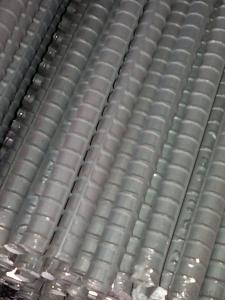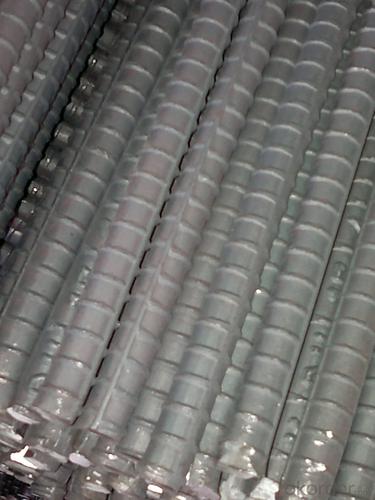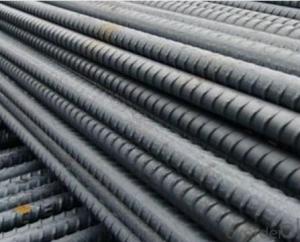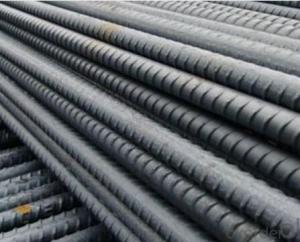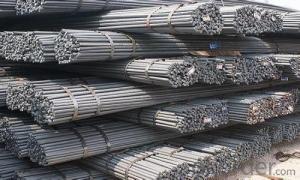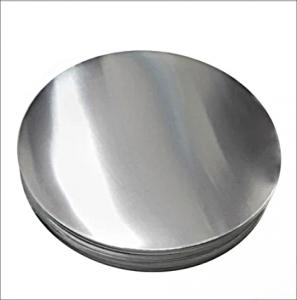Rebar Unit Weight Hot-Rolled Steel Deformed Bar Rebar Deformed Steel Bar
- Loading Port:
- Tianjin
- Payment Terms:
- TT OR LC
- Min Order Qty:
- 50 m.t.
- Supply Capability:
- 30000 m.t./month
OKorder Service Pledge
OKorder Financial Service
You Might Also Like
Product Description:
OKorder is offering Hot-Rolled Steel Deformed Bar Rebar Deformed Steel Bar at great prices with worldwide shipping. Our supplier is a world-class manufacturer of steel, with our products utilized the world over. OKorder annually supplies products to European, North American and Asian markets. We provide quotations within 24 hours of receiving an inquiry and guarantee competitive prices.
Product Applications:
Hot-Rolled Steel Deformed Bar Rebar Deformed Steel Bar are ideal for structural applications and are widely used in the construction of buildings and bridges, and the manufacturing, petrochemical, and transportation industries.
Product Advantages:
OKorder's Hot-Rolled Steel Deformed Bar Rebar Deformed Steel Bar
are durable, strong, and resist corrosion.
Main Product Features:
· Premium quality
· Prompt delivery & seaworthy packing (30 days after receiving deposit)
· Corrosion resistance
· Can be recycled and reused
· Mill test certification
· Professional Service
· Competitive pricing
Product Specifications:
deformed steel bar grade 40
material: HRB400, BS4449 GR460B
size: 8-36mmx12m.
short delivery time with bulk or container
packing: Mill standard export packing in bundles/coil, around 2tons/bundle.
country of Origin: China
delivery Time: Within a 35 days
Shipment: by bulk vessel or by container
Leading goods:
section steel:angles,channels,I-beam,H-beam;
coils:cold/hot rolled coils,PPGI,galvanized coils,plate,checkered plate,cutting steel plate,steel strip;
wire rod:steel wire,deformed wire,bar;
pipe:seamless pipe,rectangular pipe,welded pipe,spiral welded pipe,pipe fittings;
stainless steel:steel sheets,stainless steel strips,stainless bar,stainless tube;
special:weathering steel,shipbuilding steel;
construction steel:C-channel,Z-channel,T-bar,high-speed divider plate,corrugated steel plate,steel grating.
Advantage:
We are the spot supplier, Six huge warehouses which can hold 20,000 MT goods.
It makes the cost lower than others,we can provide the competitive price for you.
Delivery time:
Normal sizes can be provided in 7days, the others should be ready in 30---45 days.
Further treatment:
We can offer cutting,painting,drilling holes,bending,threading, welding,galvanization,packing etc.
Security interest:
We have already passed the ISO9001, BV and SGS authentication which makes the quality secured.
If you have the interest in any of the products we can provided, pls don't hesitate to connect with me. Looking forward to cooperate with you.
FAQ:
Q1: Why buy Materials & Equipment from OKorder.com?
A1: All products offered byOKorder.com are carefully selected from China's most reliable manufacturing enterprises. Through its ISO certifications, OKorder.com adheres to the highest standards and a commitment to supply chain safety and customer satisfaction.
Q2: How do we guarantee the quality of our products?
A2: We have established an advanced quality management system which conducts strict quality tests at every step, from raw materials to the final product. At the same time, we provide extensive follow-up service assurances as required.
Q3: How soon can we receive the product after purchase?
A3: Within three days of placing an order, we will begin production. The specific shipping date is dependent upon international and government factors, but is typically 7 to 10 workdays.
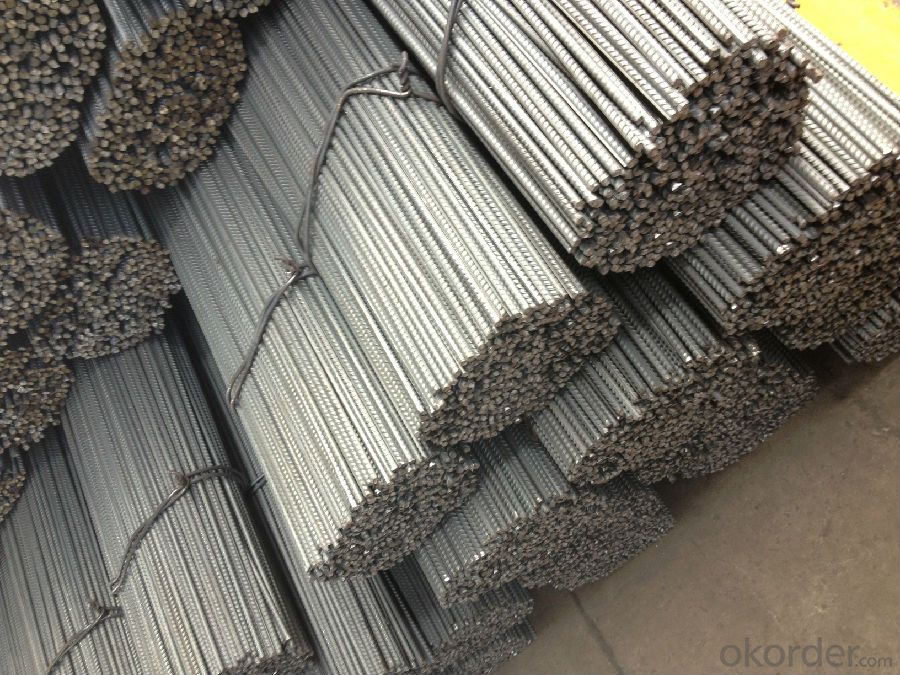

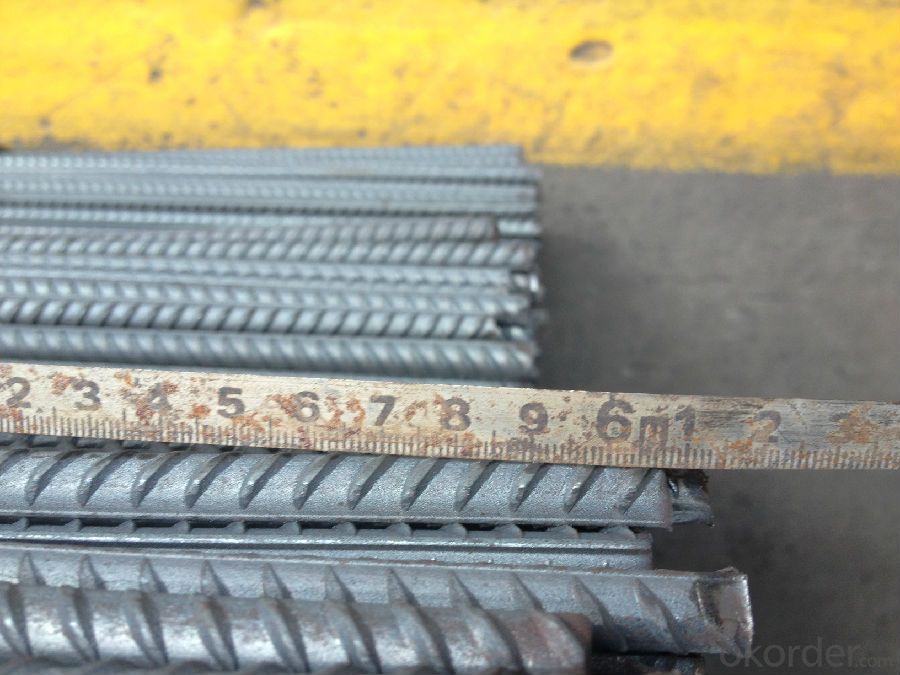
- Q:How do steel rebars provide flexibility to concrete structures?
- Steel rebars provide flexibility to concrete structures by acting as reinforcement. When concrete is poured around the rebars, they provide tensile strength to the structure, allowing it to withstand external forces and prevent cracking or collapsing. The rebars help distribute the load evenly throughout the concrete, making the structure more flexible and resistant to bending or breaking under pressure.
- Q:How do steel rebars affect the overall noise insulation of a structure?
- Steel rebars have a minimal impact on the overall noise insulation of a structure. This is because noise insulation primarily depends on the density and thickness of the materials used in the construction of walls, floors, and ceilings. Steel rebars, being used to reinforce concrete structures, do not significantly contribute to the sound insulation properties of a building. The primary function of steel rebars is to provide strength and stability to the concrete, ensuring its structural integrity. They are typically embedded within the concrete, resulting in their presence throughout the building's framework. However, the steel rebars themselves do not possess any sound-absorbing or sound-blocking characteristics. To enhance the noise insulation of a structure, other sound insulation materials such as insulation boards, acoustic panels, or soundproofing materials need to be incorporated into the building design. These materials are specifically designed to absorb or block sound waves, reducing the transmission of noise from one area to another. While steel rebars may not directly contribute to noise insulation, they indirectly play a role in maintaining the overall structural integrity of a building. A well-constructed and sturdy structure can help minimize vibrations and sound transmission caused by external noise sources. Therefore, while steel rebars themselves do not significantly affect noise insulation, their presence indirectly contributes to a more solid and stable building, which can help reduce structural vibrations and unwanted noise.
- Q:What are the different methods for reinforcing concrete with steel rebars?
- Some of the different methods for reinforcing concrete with steel rebars include placing the rebars in a grid pattern throughout the concrete structure, using stirrups or ties to hold the rebars in place, and using pre-fabricated mesh or rebar mats as a convenient way to reinforce large areas of concrete. Additionally, epoxy-coated rebars can be used to protect against corrosion and increase the longevity of the reinforced concrete.
- Q:How do steel rebars affect the overall durability of a structure?
- The overall durability of a structure is greatly enhanced by the presence of steel rebars. These rebars play a crucial role in reinforcing concrete, contributing to the building's structural integrity and longevity. By distributing and withstanding tensile forces, they increase the load-bearing capacity of the structure. One of the primary advantages of steel rebars is their ability to resist cracking and prevent the propagation of cracks in concrete. Since concrete is weak in tension, introducing rebars helps absorb and distribute tensile stresses, reducing the likelihood of crack formation. This is particularly important in areas prone to seismic activity or other dynamic forces. Furthermore, rebars also exhibit excellent resistance to corrosion, which is a common threat to the durability of structures, especially those in coastal or humid environments. Typically, the steel used in rebars is treated with corrosion-resistant coatings or made from stainless steel, ensuring long-term protection against rust and deterioration. The inclusion of steel rebars in concrete structures also improves their resistance to fire. Steel has a high melting point, and when integrated into concrete, it acts as a heat sink, slowing down the spread of fire and allowing for additional time for evacuation and firefighting efforts. In conclusion, steel rebars greatly contribute to the overall durability of a structure by enhancing its resistance to cracking, corrosion, and fire. Their ability to reinforce concrete and withstand tensile forces ensures the structural stability and longevity of the building, making it more resilient to various environmental and man-made hazards.
- Q:How do steel rebars affect the overall thermal stability of a structure?
- Steel rebars can significantly improve the overall thermal stability of a structure. Due to their high thermal conductivity, steel rebars help in dissipating heat more efficiently and evenly throughout the structure. This prevents the formation of localized hot spots and reduces the risk of thermal expansion, which can cause structural deformations and cracks. Additionally, steel rebars enhance the structural integrity of a building during fire incidents by providing necessary reinforcement and preventing sudden collapses.
- Q:Can steel rebars be used in structures with high radiation shielding requirements?
- Structures with high radiation shielding requirements can indeed utilize steel rebars. Steel is renowned for its remarkable strength and durability, making it a favored option for reinforcing concrete structures. In terms of radiation shielding, steel rebars possess the capability to effectively offer a certain level of protection due to their dense composition. Although steel itself is not as potent a radiation shield as materials like lead or concrete, it still plays a role in reducing radiation transmission. The density of steel aids in dispersing and absorbing some of the radiation that passes through the structure, thus diminishing overall exposure. However, it is crucial to recognize that structures with exceptionally high radiation shielding requirements may necessitate additional measures. These measures could involve incorporating other radiation-absorbing materials such as lead or concrete, or implementing specific design features to enhance the structure's shielding capabilities. Ultimately, the selection of materials and design considerations should be made in collaboration with radiation safety experts and engineers who can evaluate the specific shielding requirements and propose the most suitable solutions.
- Q:Can steel rebars be used in marine or coastal construction projects?
- Yes, steel rebars can be used in marine or coastal construction projects. However, it is crucial to use corrosion-resistant rebars, such as epoxy-coated or stainless steel rebars, to withstand the harsh marine environment and prevent corrosion.
- Q:Are steel rebars suitable for use in industrial facilities?
- Yes, steel rebars are suitable for use in industrial facilities. They provide excellent strength and durability, making them ideal for reinforcing concrete structures in such facilities. Steel rebars can withstand heavy loads and extreme conditions, ensuring the safety and long-term stability of industrial buildings and infrastructure.
- Q:How do steel rebars prevent cracking in concrete?
- The reinforcement provided by steel rebars is essential in preventing cracking in concrete. By increasing the overall strength and durability of the structure, steel rebars counteract the tensile forces that cause concrete to crack. To create a reinforcing mesh or framework, high-strength steel rebars are strategically placed within the concrete. This mesh acts as a skeleton, effectively absorbing and distributing the tensile forces throughout the structure. As a result, cracks are prevented from forming. When external loads, such as heavy weights or seismic forces, are applied to the concrete, the rebars bear the tensile stress instead of the concrete itself. This is possible because steel rebars have a much higher tensile strength compared to concrete. By distributing stress more evenly, the rebars minimize crack formation and help maintain the concrete's structural integrity. Additionally, steel rebars improve the bond between the concrete and the reinforcement, further preventing cracks. While concrete has excellent compressive strength, its tensile strength is relatively low. The inclusion of rebars increases the overall tensile strength of the concrete, reducing the likelihood of cracking under tension. The bond between the rebars and the concrete creates a composite material that can effectively withstand both compressive and tensile forces. In summary, steel rebars play a crucial role in preventing cracking in concrete. They provide reinforcement, absorb tensile forces, and enhance the overall strength and durability of the structure. By acting as a skeleton within the concrete and distributing stress, they prevent the formation of cracks and ensure the long-lasting stability of the construction.
- Q:Can steel rebars be used in nuclear power plants?
- Indeed, steel rebars are suitable for deployment in nuclear power plants. They are extensively employed in diverse construction undertakings, including nuclear power plants, to fortify concrete structures. By doing so, these rebars enhance the durability and resilience of the concrete, bolstering its capacity to endure various burdens and forces. It is worth noting, however, that the utilization of steel rebars in nuclear power plants necessitates adherence to specific regulations and standards. These regulations might encompass criteria regarding the type of steel employed, its composition, and mechanical characteristics. Furthermore, the rebars must undergo meticulous quality control procedures to ensure that they conform to the required standards and are devoid of any flaws that could jeopardize the structural soundness of the power plant. On the whole, steel rebars can be employed securely in nuclear power plants, provided they satisfy the necessary regulatory requisites and quality control measures.
1. Manufacturer Overview |
|
|---|---|
| Location | |
| Year Established | |
| Annual Output Value | |
| Main Markets | |
| Company Certifications | |
2. Manufacturer Certificates |
|
|---|---|
| a) Certification Name | |
| Range | |
| Reference | |
| Validity Period | |
3. Manufacturer Capability |
|
|---|---|
| a)Trade Capacity | |
| Nearest Port | |
| Export Percentage | |
| No.of Employees in Trade Department | |
| Language Spoken: | |
| b)Factory Information | |
| Factory Size: | |
| No. of Production Lines | |
| Contract Manufacturing | |
| Product Price Range | |
Send your message to us
Rebar Unit Weight Hot-Rolled Steel Deformed Bar Rebar Deformed Steel Bar
- Loading Port:
- Tianjin
- Payment Terms:
- TT OR LC
- Min Order Qty:
- 50 m.t.
- Supply Capability:
- 30000 m.t./month
OKorder Service Pledge
OKorder Financial Service
Similar products
New products
Hot products
Hot Searches
Related keywords
